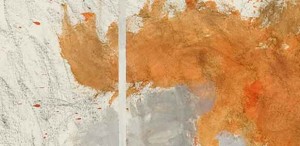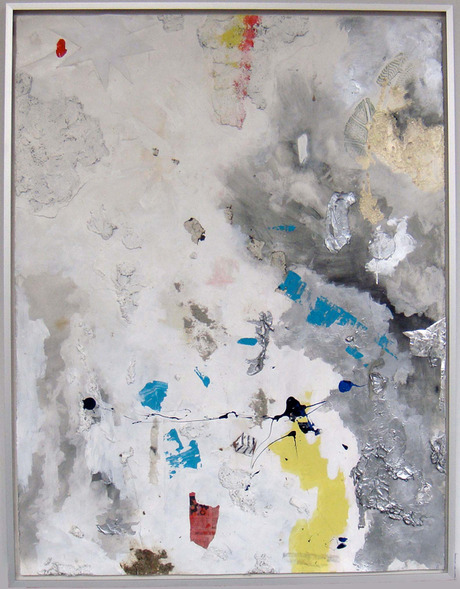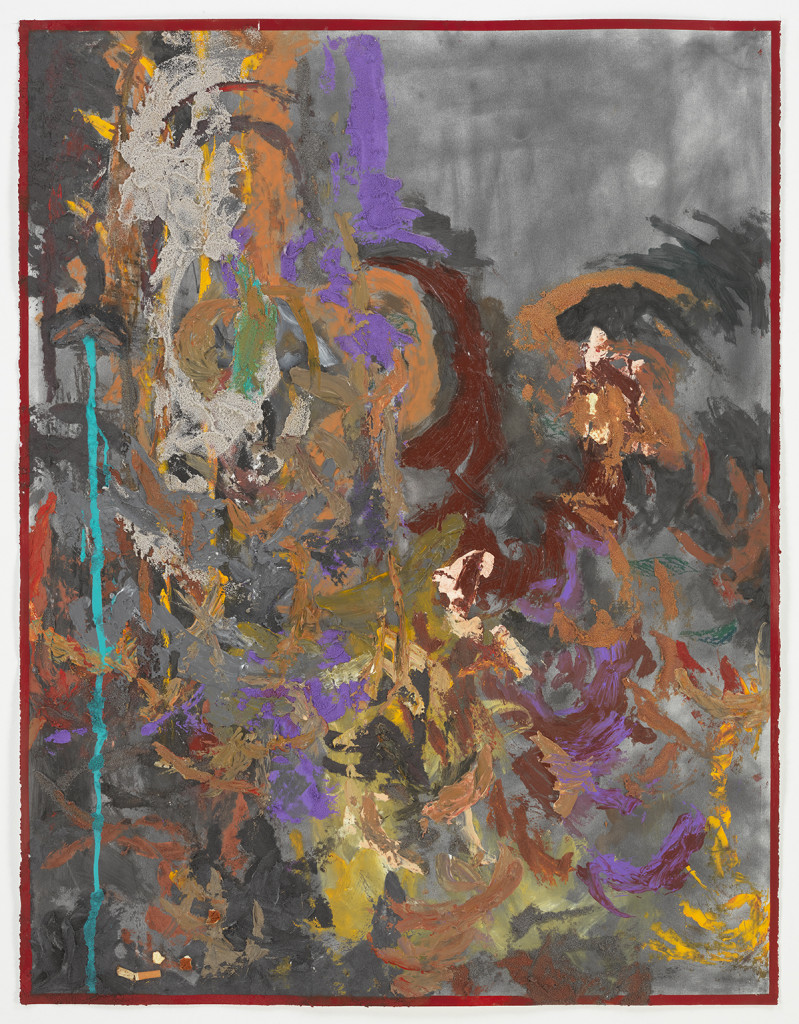
Kianja Strobert “Of This Day in Time”
Studio Museum Harlem, until March 8, 2015.
Untitled, 2014.
About:
Her dynamic explorations of acrylic, ink and other materials have established Kianja Strobert (b. 1980) as an innovative voice in contemporary abstraction. Kianja Strobert: Of This Day in Time, the artist’s first solo museum exhibition in New York, brings together a selection of paintings and drawings made over the last five years.
 Untitled, 2010.
Untitled, 2010.
Strobert’s work translates the world into energetic planes of color, rendered in thick but refined brushstrokes that keep the eye in constant motion. The suggestion of movement or fluctuation results from the reactions of her various materials to their structural supports. In her approach to abstraction, Strobert draws on the classic “push-pull” theory of Hans Hofmann (1880–1966), which rejects linear perspective in favor of illusion created through compositional shape and color. The earlier works on view, from 2010 and 2011, reveal Strobert’s interest in closing the gap between the artist and the painted mark. A group of untitled works from 2011 convey the presence of the body through messy smudges and drips that are applied by hand. In 2012 Strobert began to experiment more intensively with the effects of paint mixed with other materials. In … all these bright ideas (2013), one of a series of three paintings, the entire surface is covered in powdered graphite, which creates extreme variations in texture and color contrast, as muted gray paint mingles with neon blue drips. These paintings, created in multiple small-scale series, allow for repeated methodical experimentation with specific color fields and patterns, shifting away from the monumental scale of midcentury abstraction.
 Untitled, 2011.
Untitled, 2011.
Strobert’s most recent works on paper depict vertical forms with hard, linear edges that intersect with bands of paint that radiate outward from various points. These formal configurations, traced from torn pieces of paper, invite any number of open-ended associations: for instance, she sees the shapes as nuns. Several of these works introduce enigmatic fragments of text, which are quotations, puns, or snippets of conversation that are invented by the artist. Many of Strobert’s paintings and drawings are inspired by the work of the abstract painter Alma Thomas. Like Thomas’s work, Strobert’s painting is rooted in what the older artist, who had turned to art late in life, called a “day in time,” or a commitment to the artistic practice of the present moment.
 Untitled, 2013.
Untitled, 2013.
Contemporary exhibitions have posited abstract painting as a continuous dialogue, whether between artists and historical traditions of abstraction or among artists of current and prior generations. Throughout its history, The Studio Museum in Harlem has examined the intersections of abstract art and subjectivity in exhibitions such as Energy/Experimentation: Black Artists and Abstraction 1964–1980 (2006). As the most recent addition to this lineage, Kianja Strobert: Of This Day in Time presents an artist whose unique consideration of universal human emotions provides a fresh take on the legacy of twentieth-century abstraction. (from website SMH)
